Sets and reps are fundamental components of any workout routine, but they can often feel confusing, especially when figuring out how to structure an effective session. Let's break down these concepts in a simple way and talk about how to use them to design your workouts efficiently.
Key Takeaways
- Master the basics of sets and reps: Understanding how to properly combine sets and reps is key to achieving your fitness goals, whether you're aiming for strength, endurance, or muscle growth.
- Tailor your workout to your goals: Adjust the number of sets and reps to match your objectives—fewer reps with heavier weights for strength, and higher reps with lighter weights for endurance.
- Consistency and progression matter: Regularly increasing your reps, sets, or weights over time ensures continuous progress and keeps your workouts challenging and effective.
The Basics: Sets and Reps
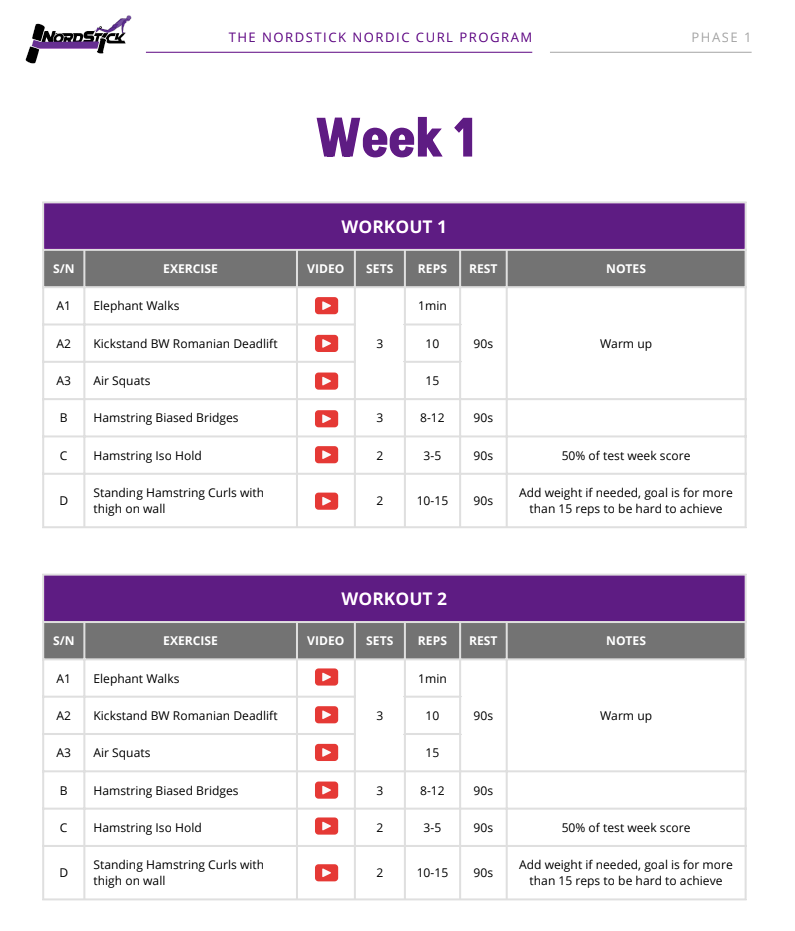
A page taken from the NordStick Nordic Curl Program. Download it for free here
-
Sets: A set is a group of consecutive repetitions (reps) performed without resting. For example, if you do 10 push-ups, rest, and then do another 10 push-ups, that’s 2 sets of 10 reps.
-
Reps: Repetitions (reps) are the number of times you perform a specific exercise within a set. For example, 8 reps of squats mean squatting 8 times in a row before resting.
Total Sets Per Workout
When designing a workout, I typically aim for 20-25 total sets. This can look different depending on how you split your exercises:
-
Option 1: 7-8 exercises with 3 sets each (e.g., squats, push-ups, Nordic curls).
-
Option 2: 6 exercises for 4 sets each.
-
Option 3: 5 exercises for 5 sets each.
Research shows that this range of total sets is an effective dose for most people looking to build strength, endurance, and muscle. This volume allows for enough work to create progress without overdoing it.
Understanding Rep Ranges and Their Purpose
Different rep ranges serve different purposes, and adjusting them can help target specific fitness goals:
1-6 Reps: Power and Strength Focus
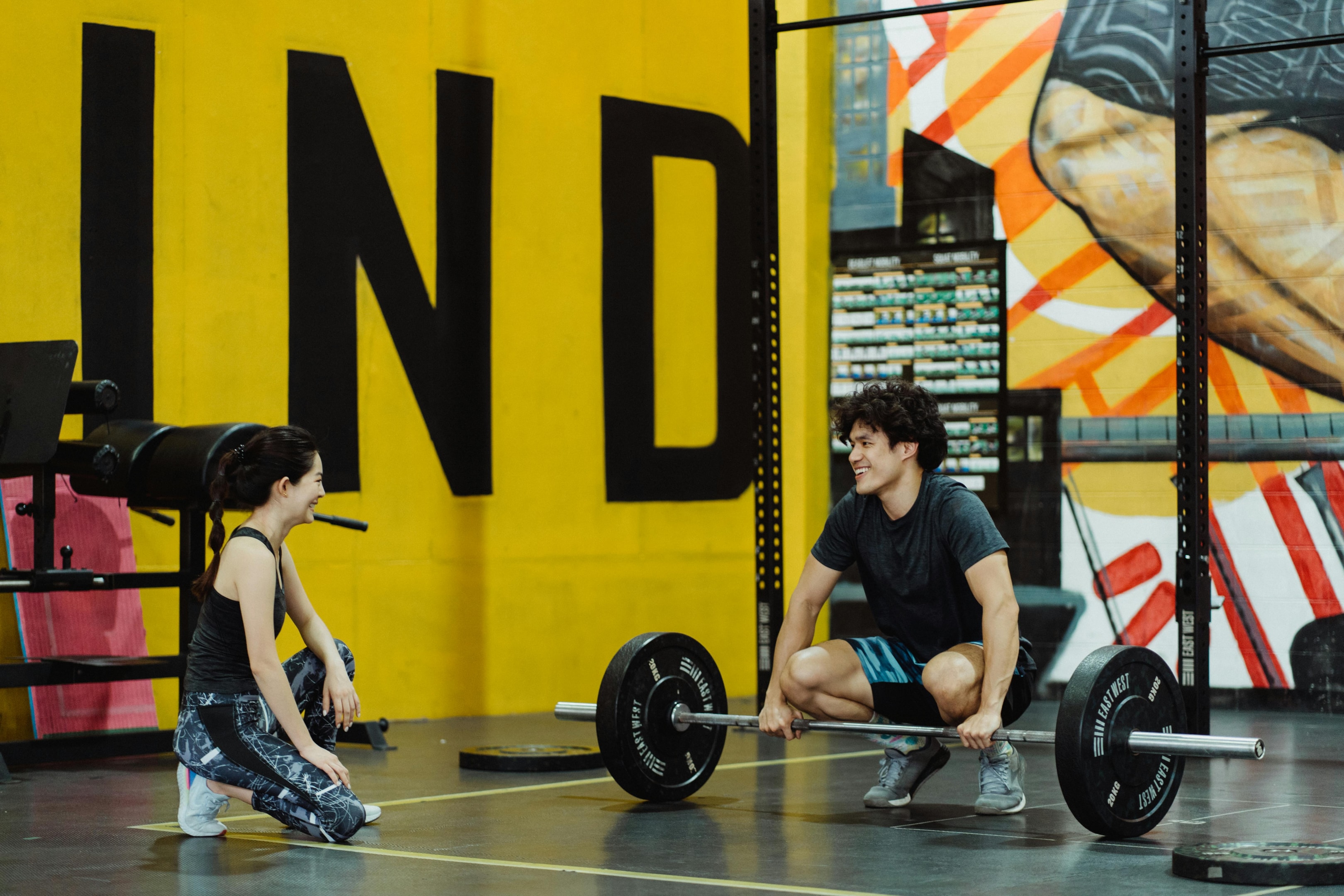
-
Purpose: This range is ideal for building strength and power, focusing on exercises like heavy squats, deadlifts, or explosive movements like cleans.
-
Intensity: Use 80-100% of your one-rep max (1RM). These are heavier lifts, so you’ll need more rest between sets.
-
Rest: Longer rest periods (2-5 minutes) allow you to maintain high quality in each set because these exercises are most impacted by fatigue.
6-12 Reps: Muscle Hypertrophy (Growth)

The split squat is a good hypertrophy pair-up for your strength exercises. You can do it at home with some weights and your NordBench.
-
Purpose: This range is perfect for muscle growth and is where I often focus when designing workouts. Aim to reach the lower end of the range (6-8 reps) if you want to build strength and the higher end (10-12 reps) for hypertrophy.
-
Intensity: Use 60-80% of your 1RM. You should be able to perform at least 8 reps but not more than 12 with good form.
-
Rest: Moderate rest (1-2 minutes) to keep the intensity up and maintain good muscle activation.
12+ Reps: Endurance and Finishing Touches
Doing Leg Extensions (and numerous other leg exercises) at home are easier with the OmniStrap.
-
Purpose: High-rep ranges are generally used for endurance-focused movements and finishing off workouts with less complex exercises. Think of movements like leg extensions, bicep curls, or tricep dips.
-
Intensity: Use less than 60% of your 1RM. These are lighter loads that allow you to maintain form over more repetitions.
-
Rest: Shorter rest periods (30 seconds to 1 minute) to keep the heart rate up and maintain endurance.
Supersets: Time-Efficient Training
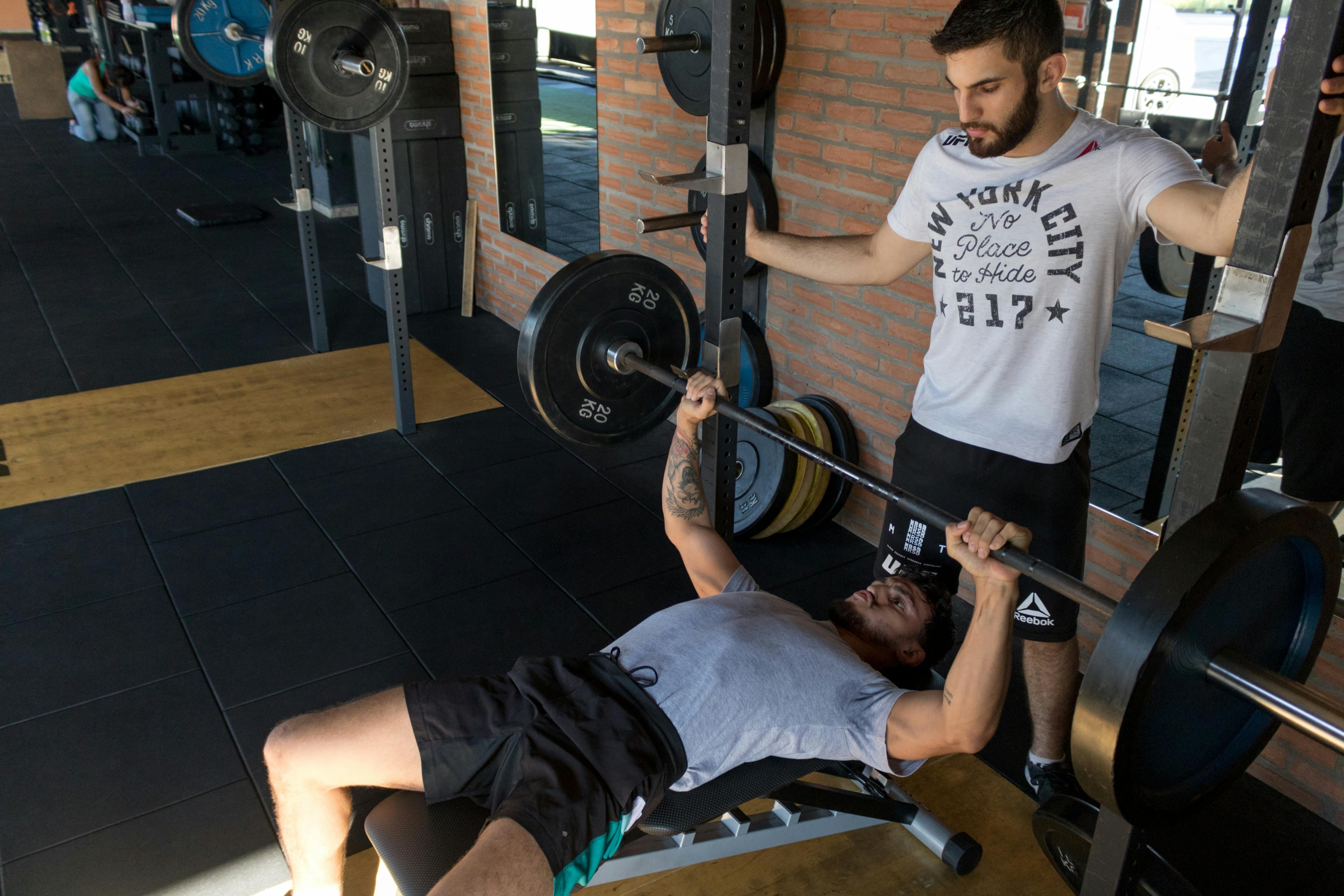
If you’re short on time or want to make your workouts more efficient, supersets are a great tool. A superset involves pairing two exercises, typically of opposing muscle groups, to maximize your time. For example, you might perform bicep curls followed immediately by tricep extensions. While one muscle group rests, the other works.
-
Benefits: Saves time, keeps the workout flowing, and helps you maintain a higher overall intensity.
Examples:
-
Push-pull pairing: Bench press (push) + bent-over rows (pull).
-
Upper-lower pairing: Squats (lower body) + shoulder press (upper body).
Consistency Over Intensity
While it's tempting to go all-out every workout, consistency is more important than pushing to your limits every day. Most of my workouts are set at a moderate intensity, which allows me to train regularly without burning out or risking injury. This sustainable approach helps keep progress steady and enjoyable.
Final Thoughts
When designing your workout, consider the number of sets and reps based on your goals, and remember that variety and structure can keep you motivated. By understanding how to effectively use different rep ranges, supersets, and balancing intensity, you can create a well-rounded workout that helps you achieve your fitness goals without feeling overwhelmed.
I hope this guide simplifies sets, reps, and workout structuring for you! If you have any questions or need help designing your own program, feel free to reach out—I'm here to help!
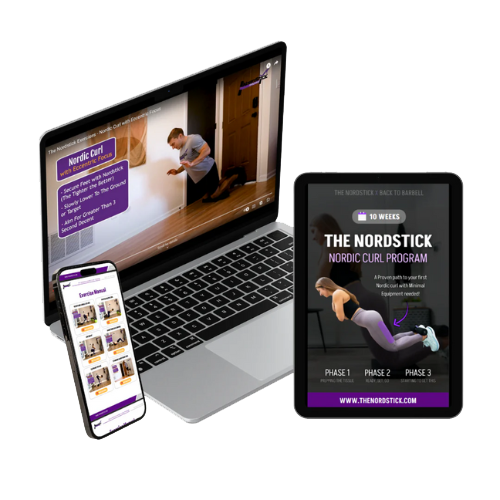


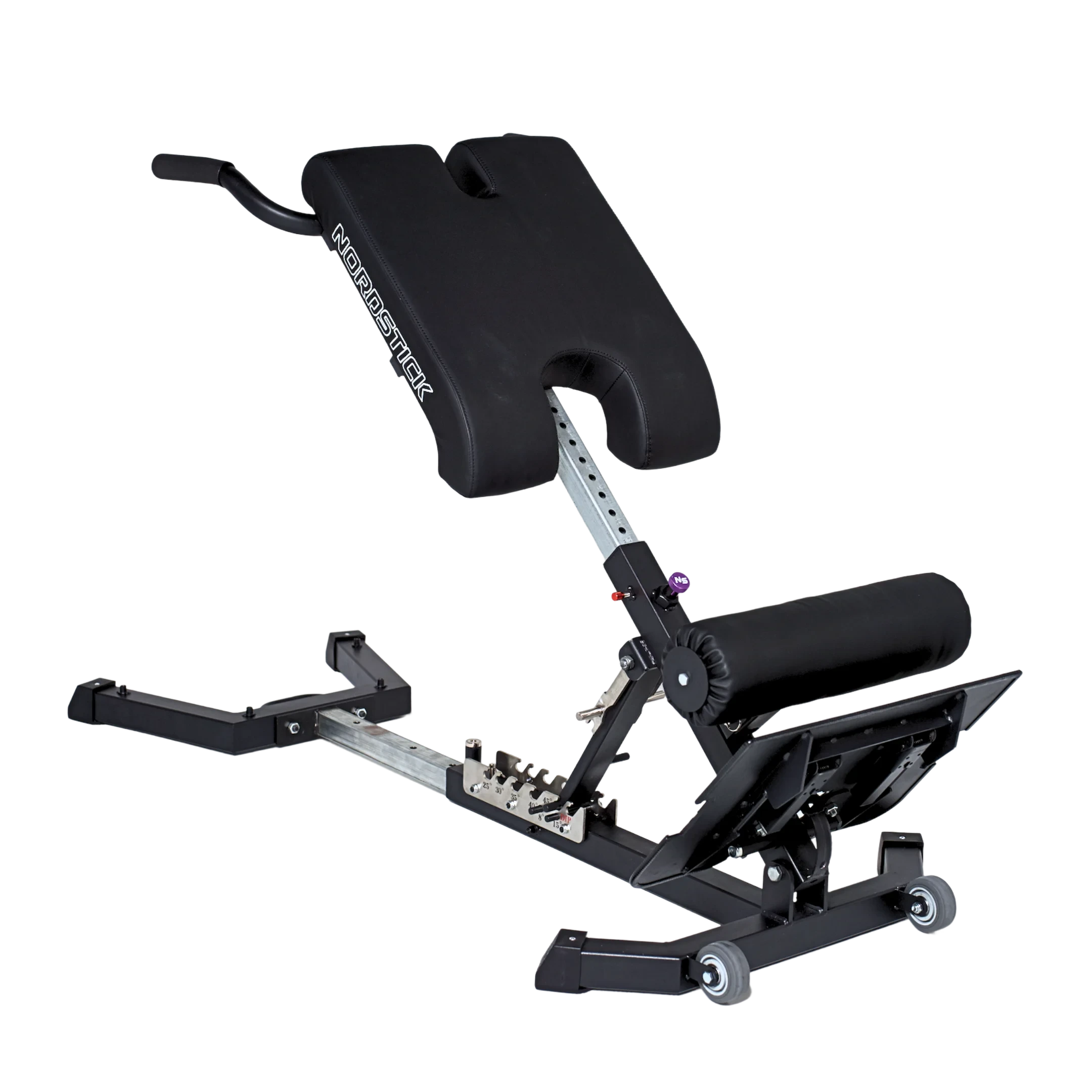
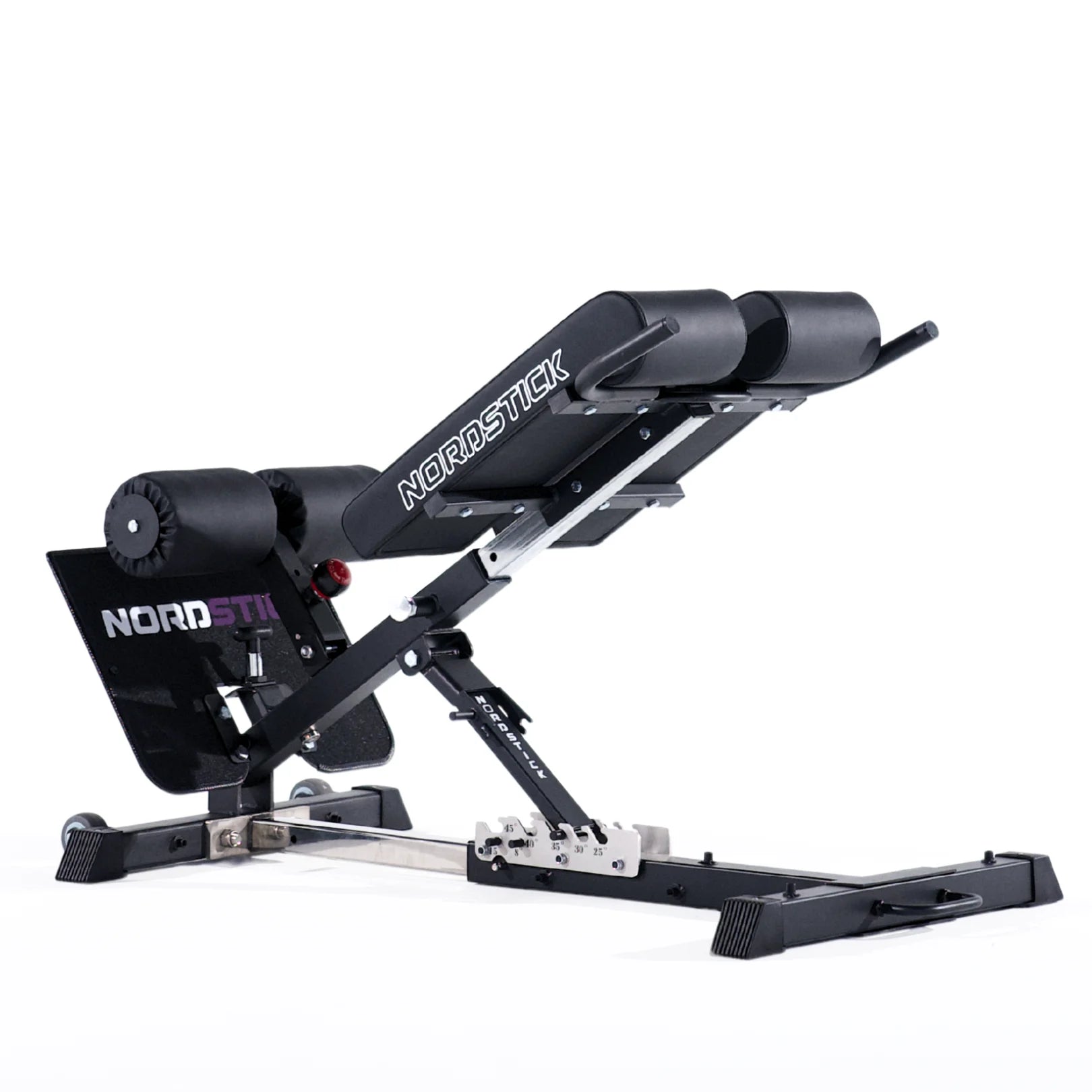





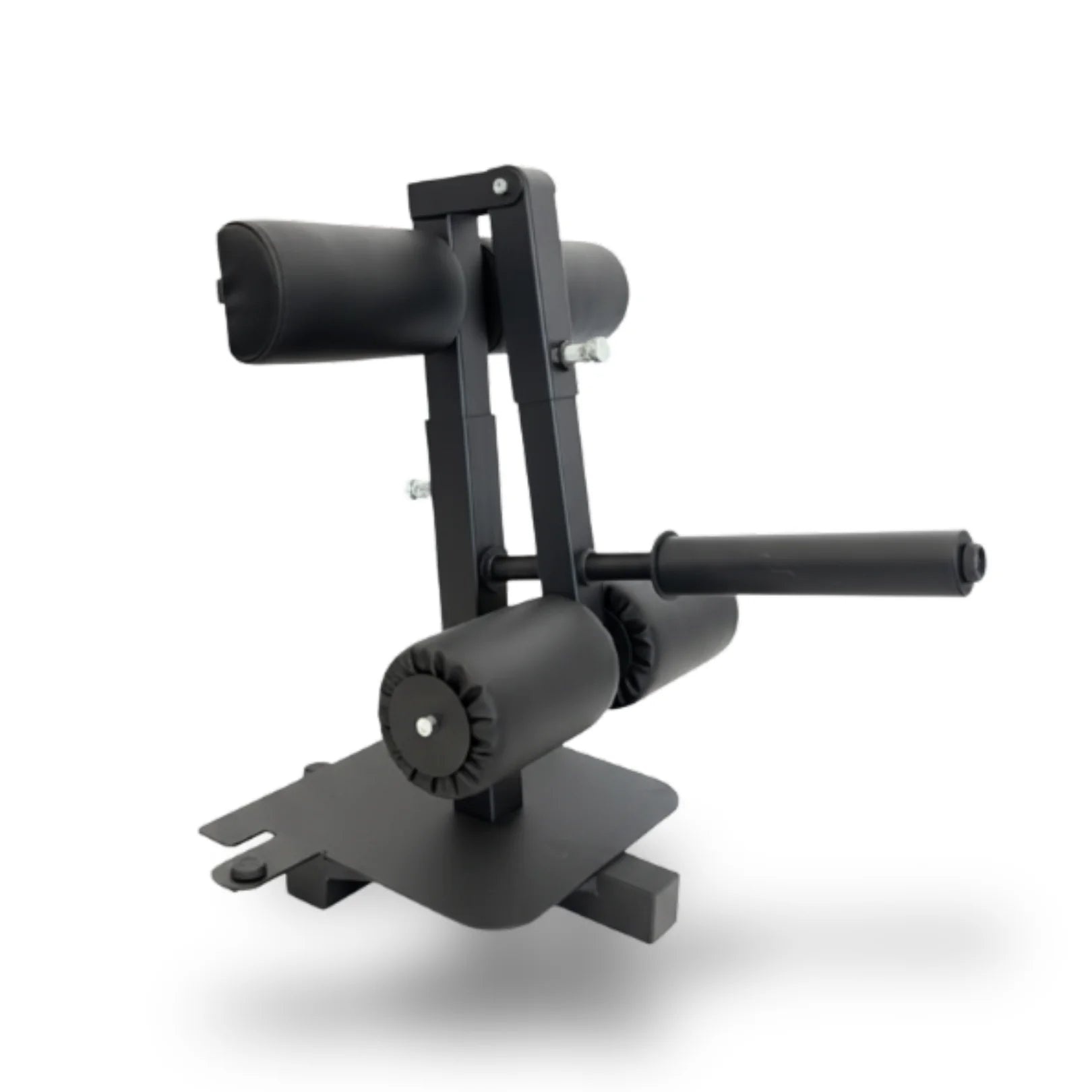
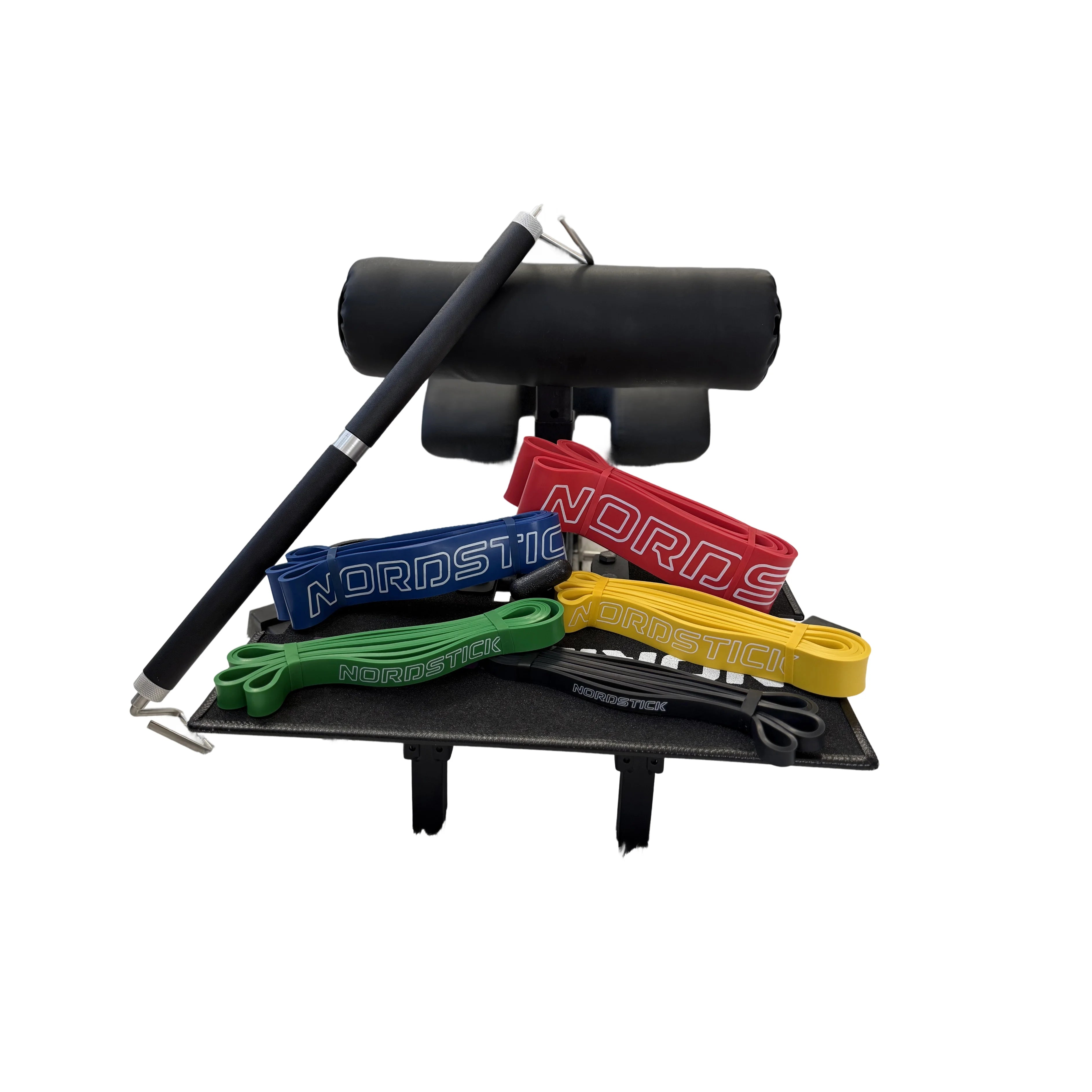
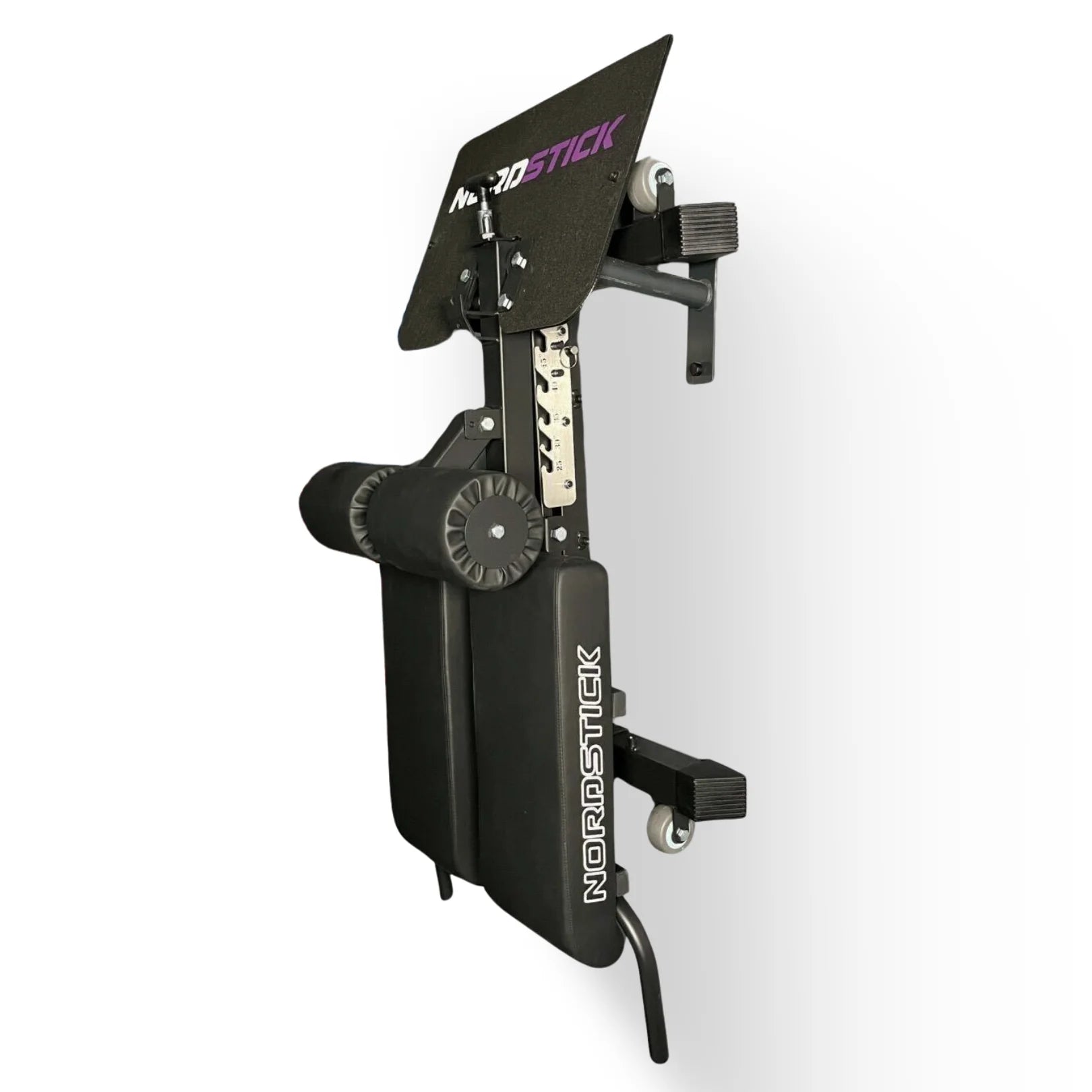
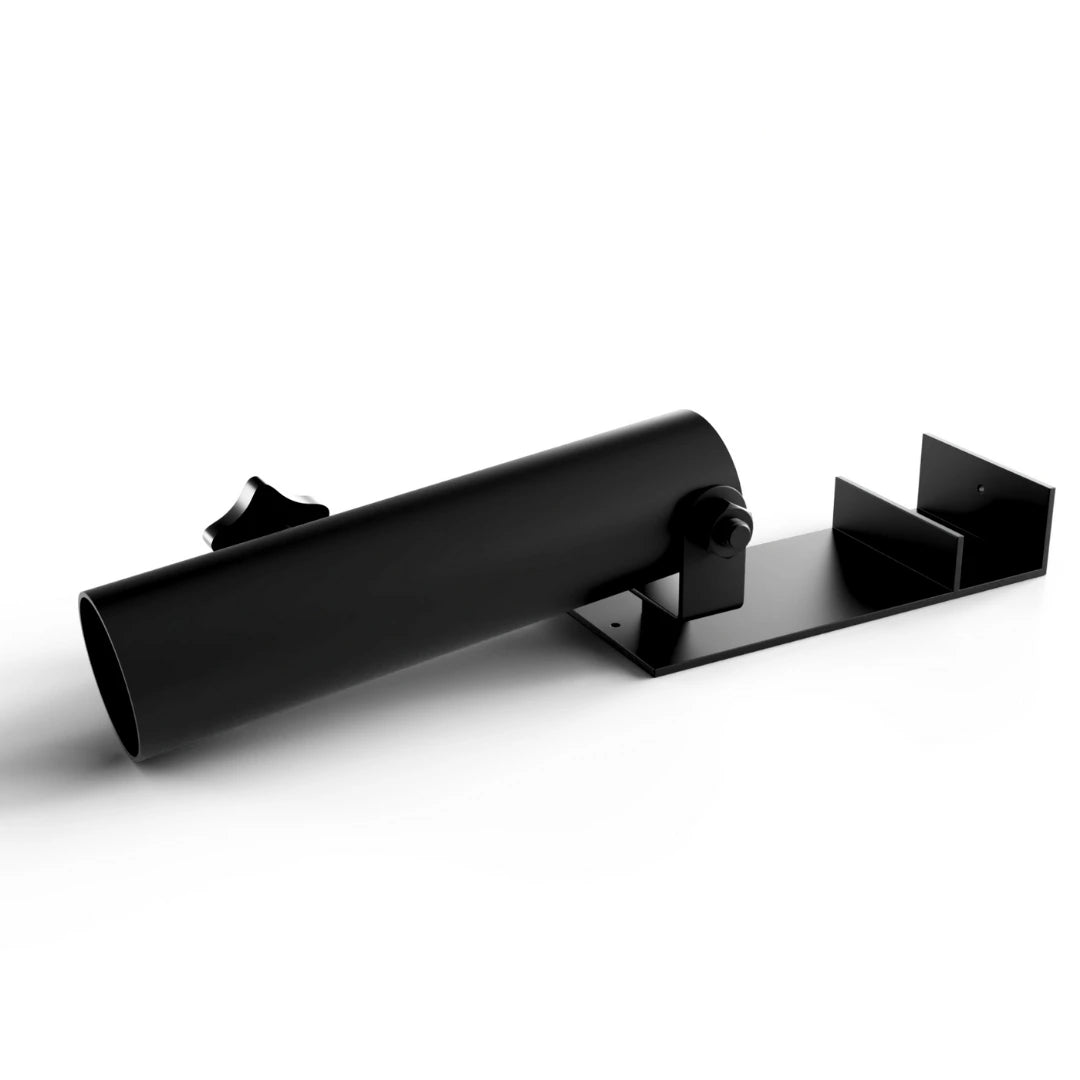
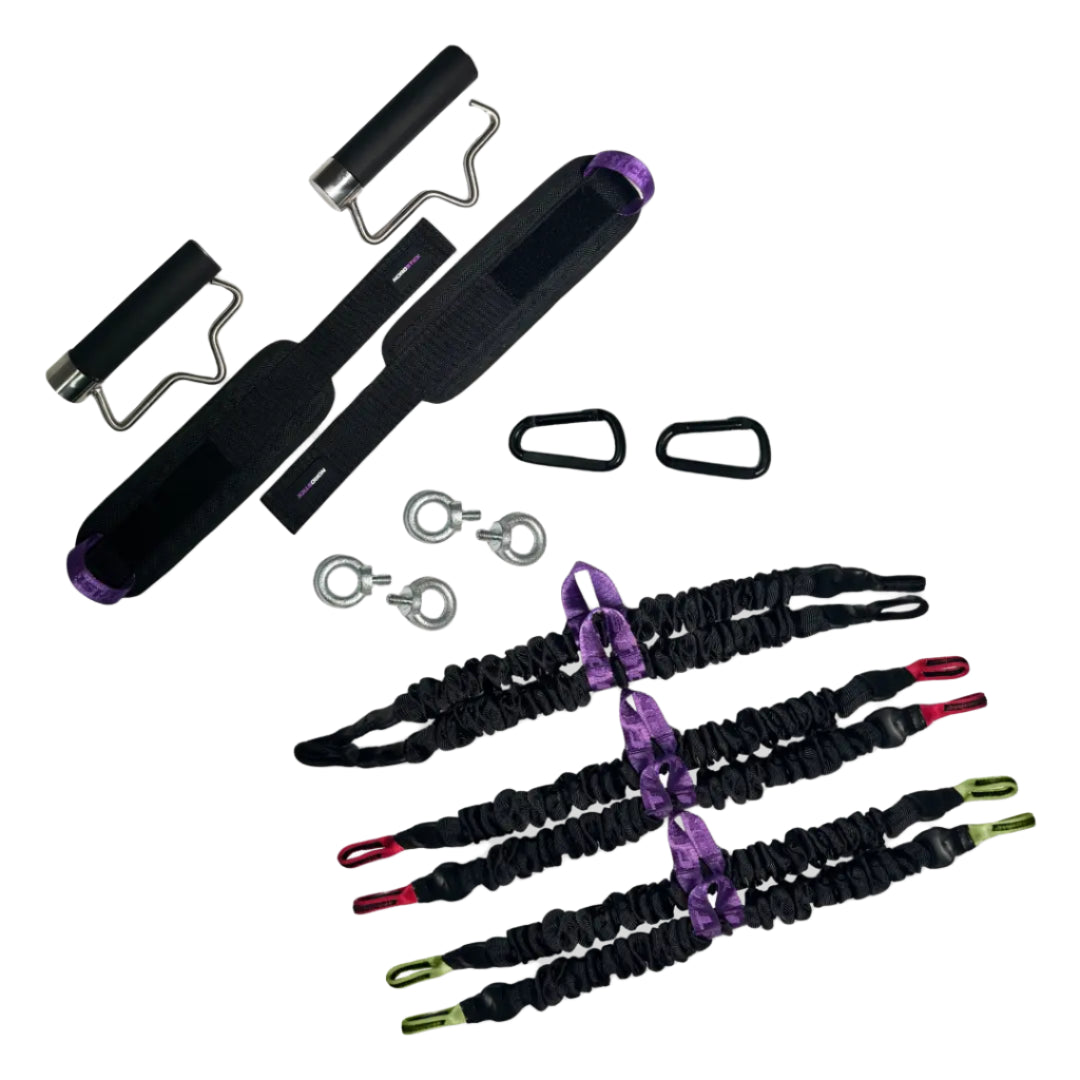
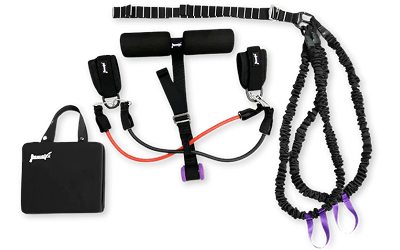
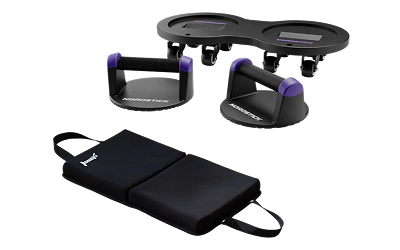
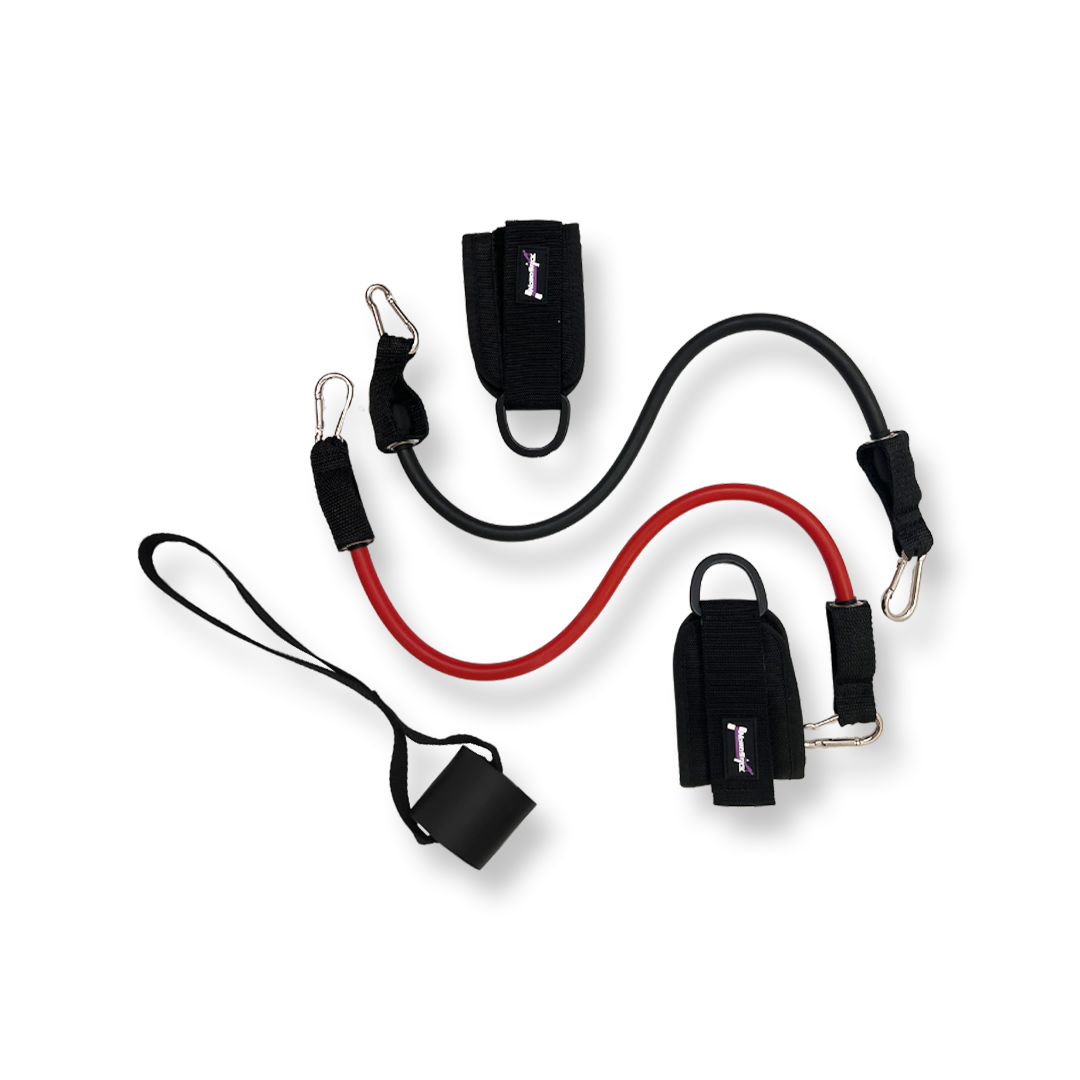
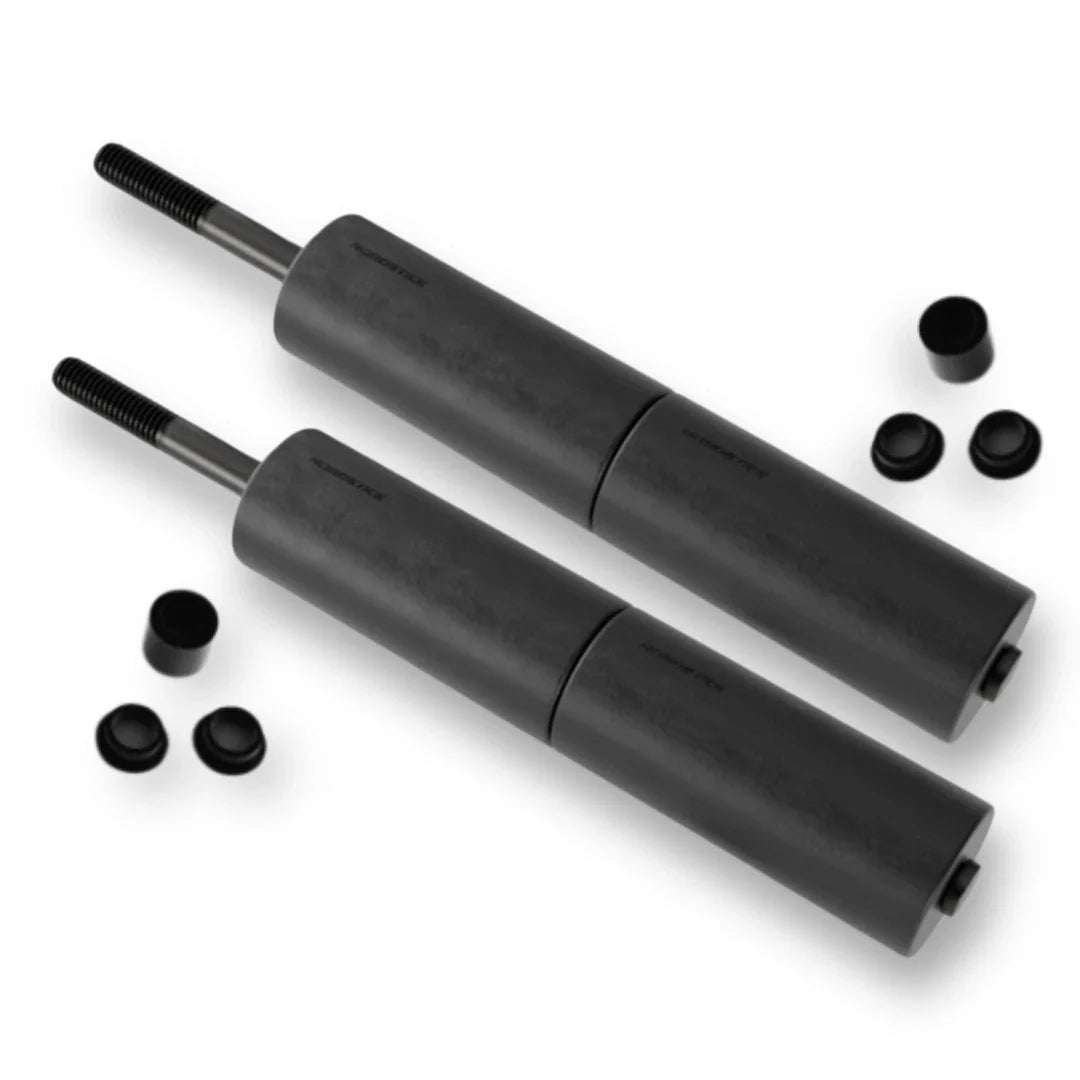
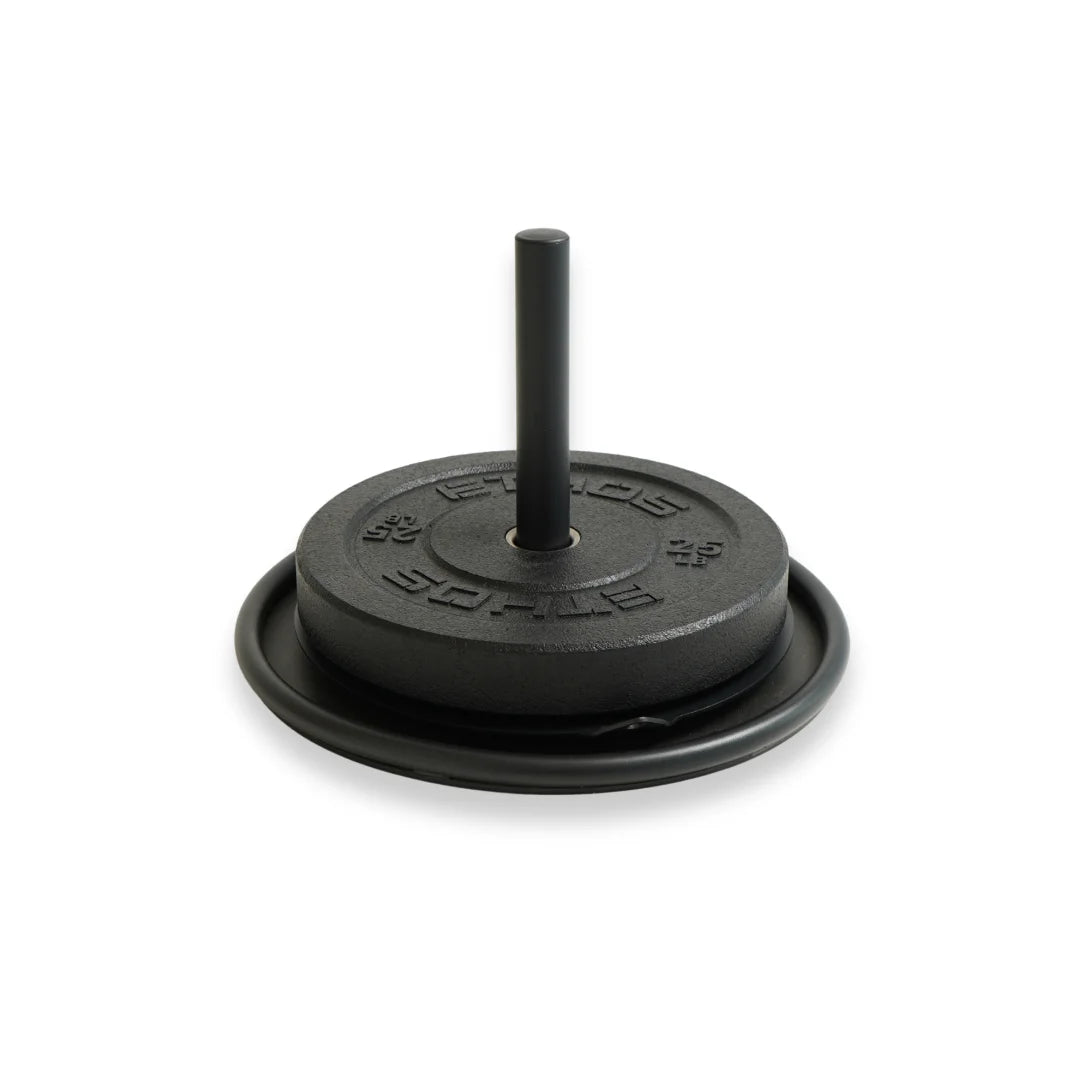
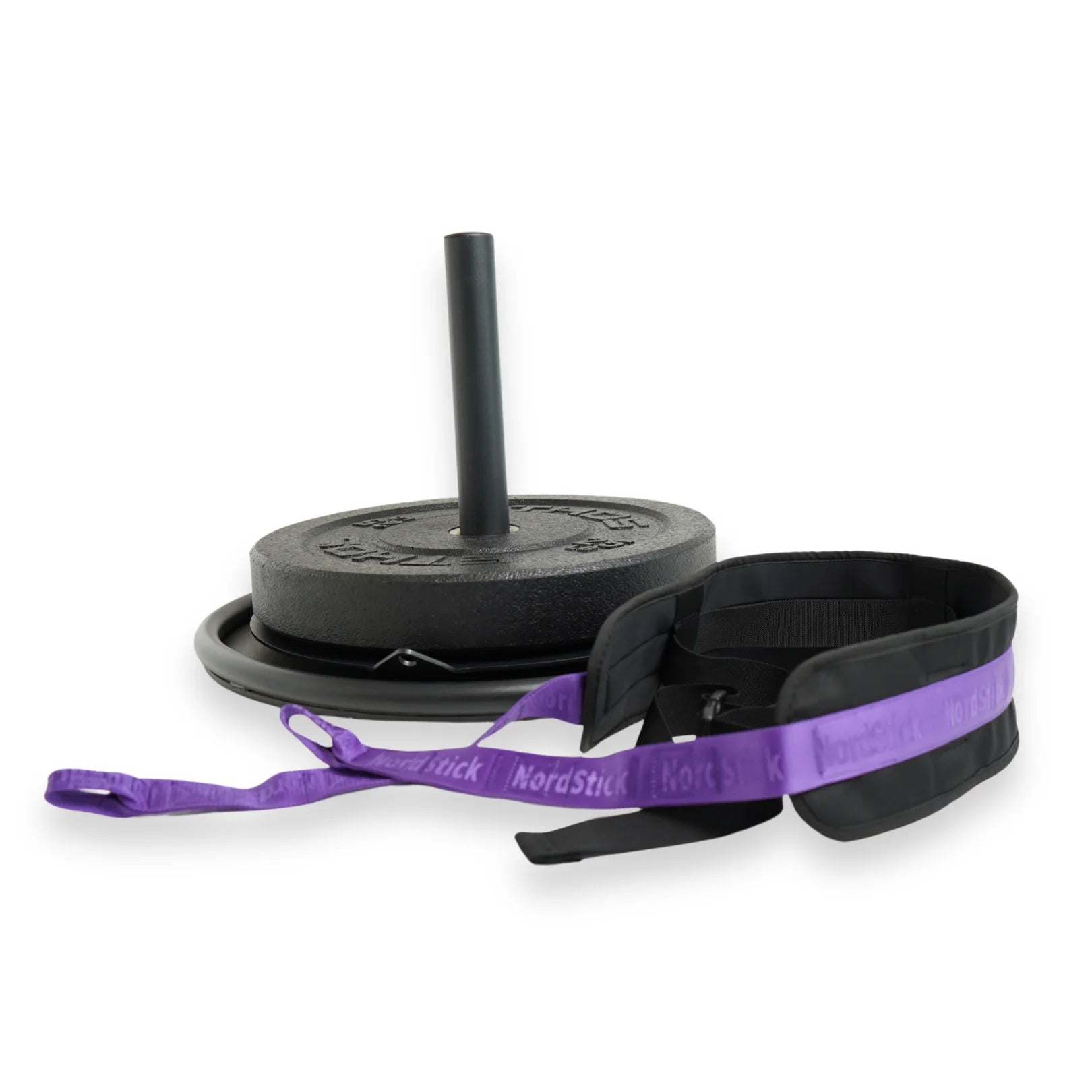
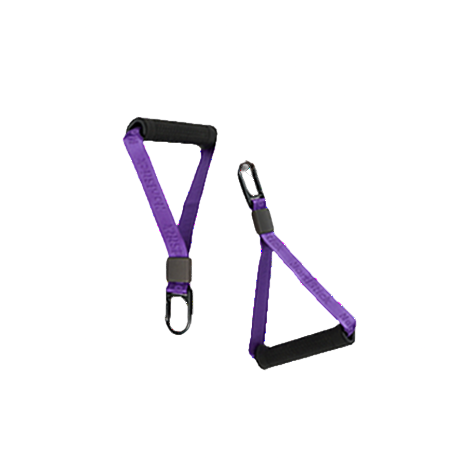
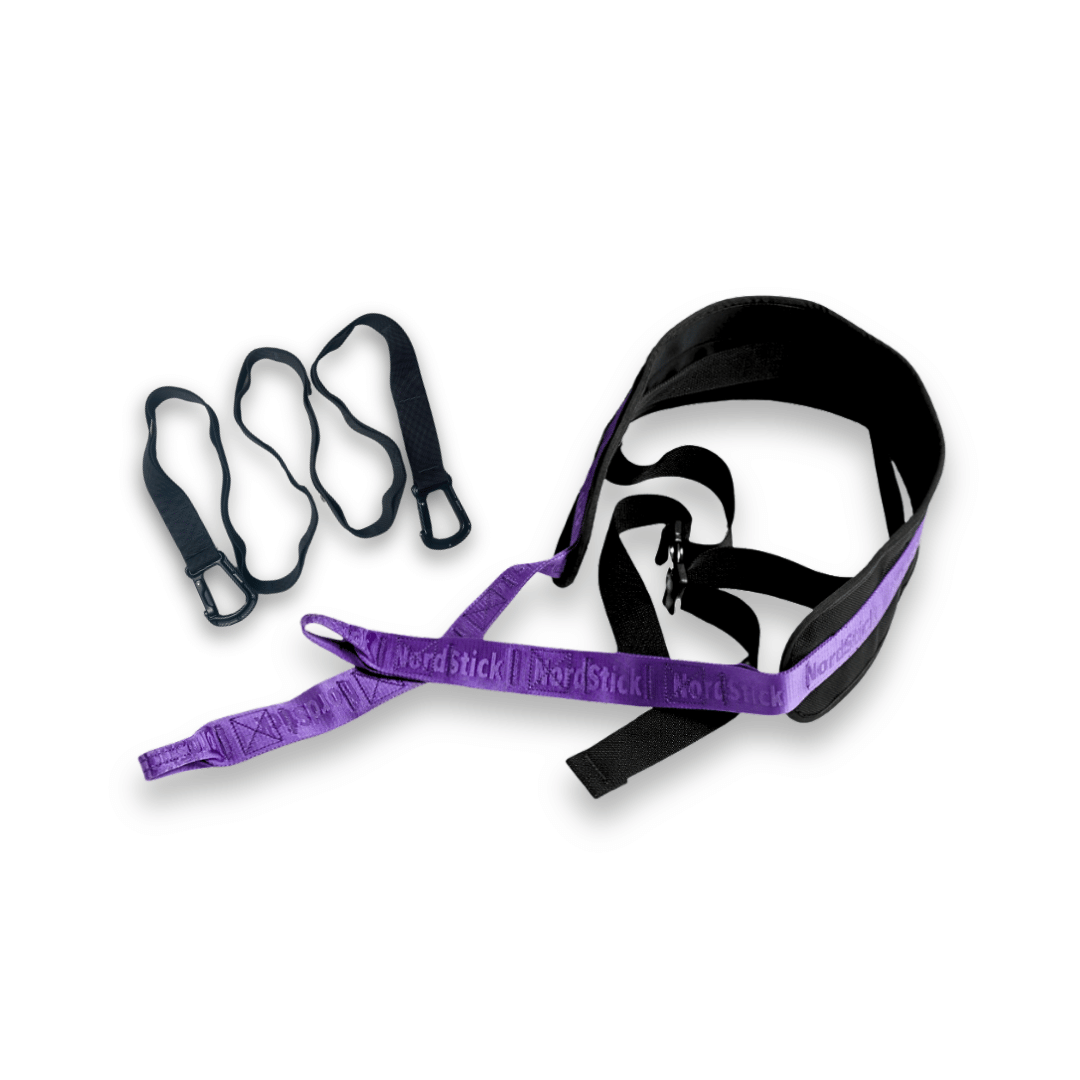
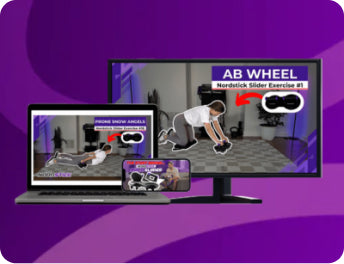


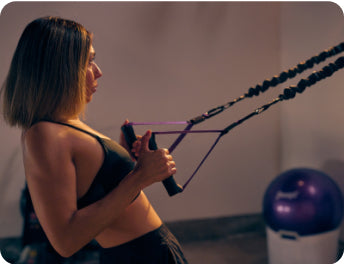


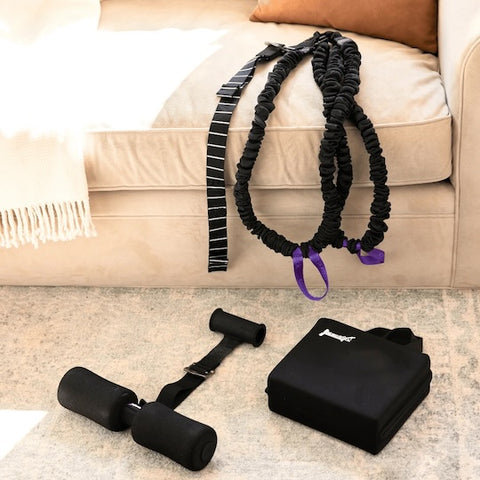

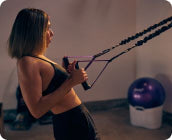
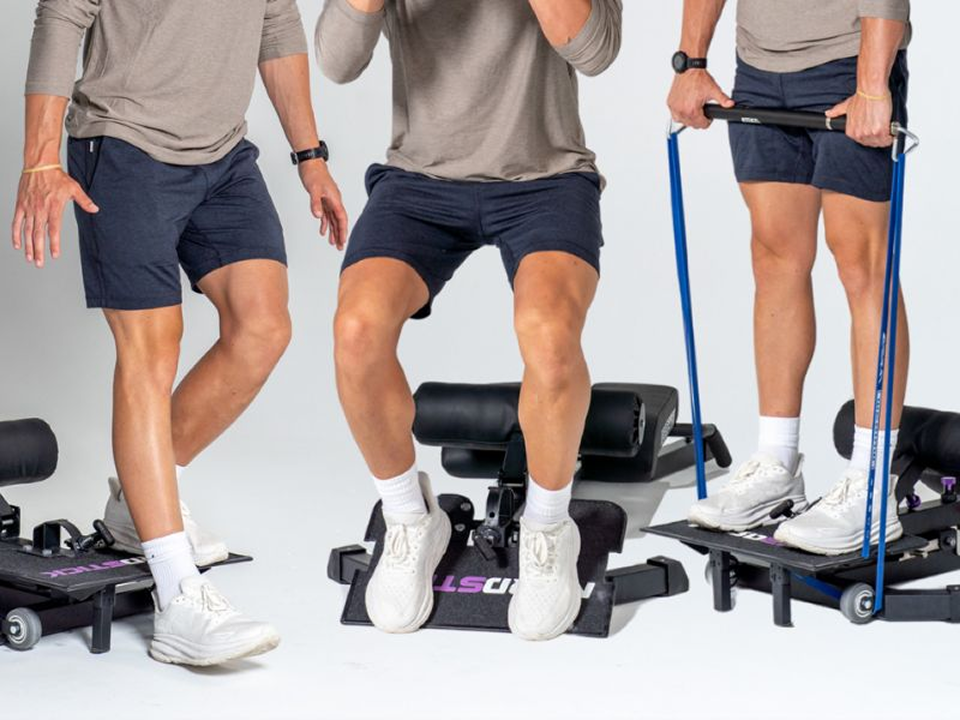
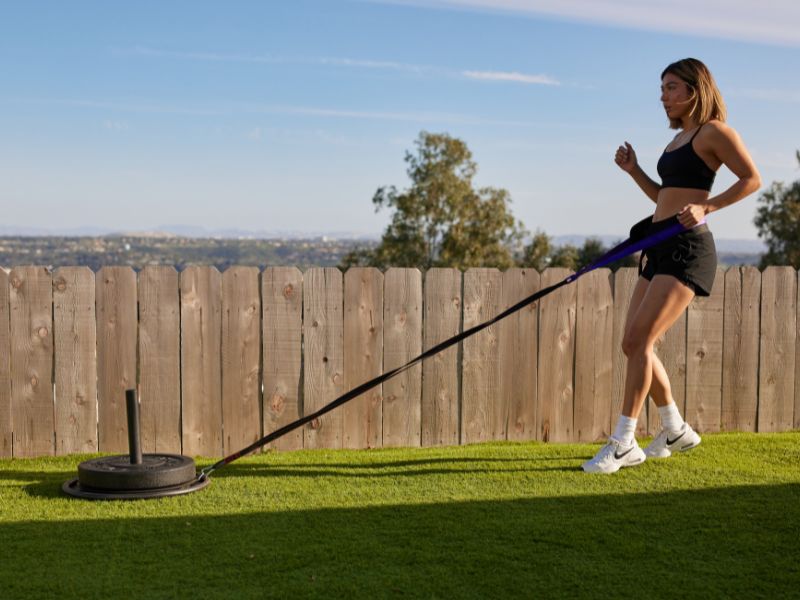


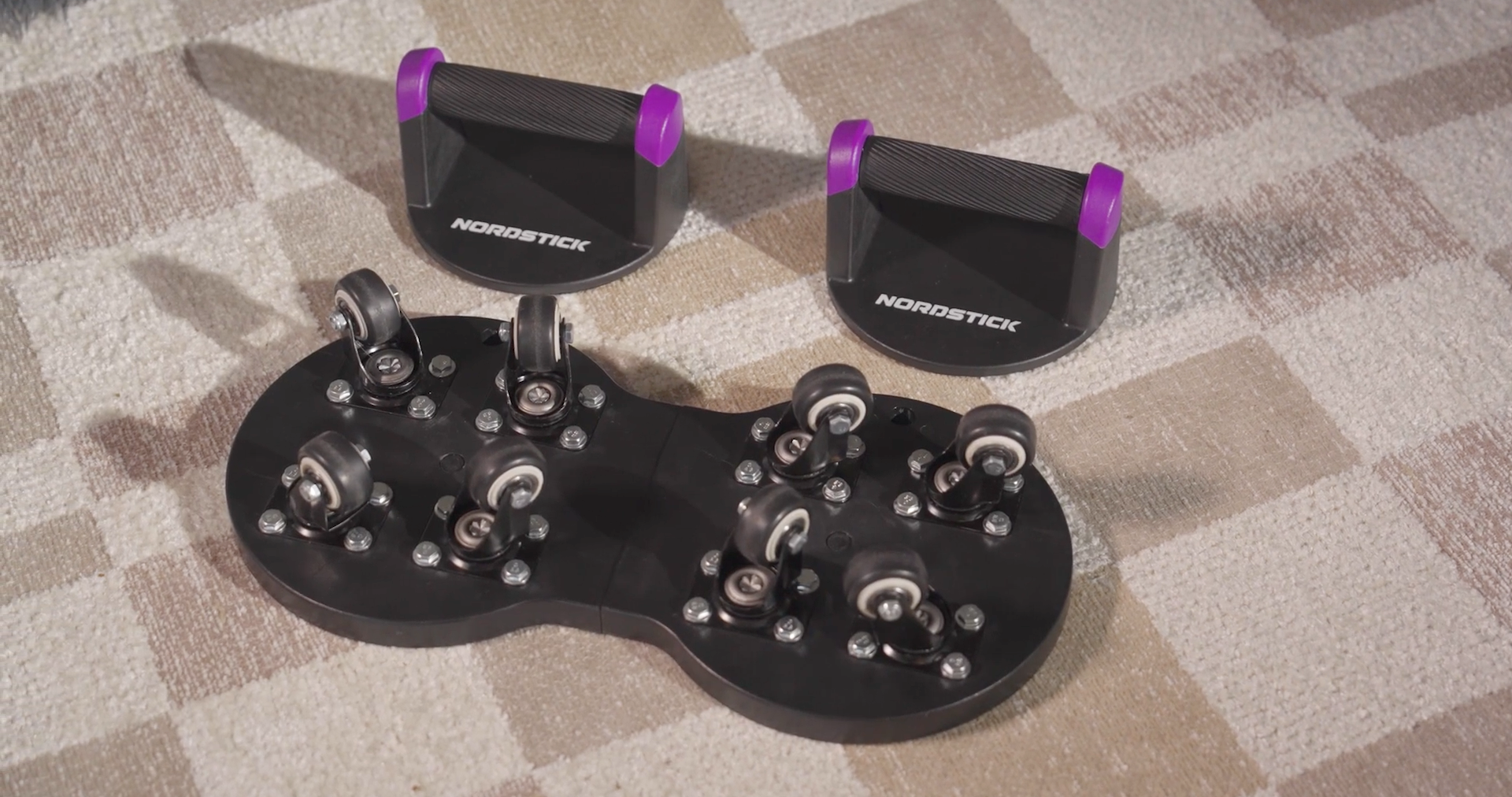




Leave a comment
This site is protected by hCaptcha and the hCaptcha Privacy Policy and Terms of Service apply.